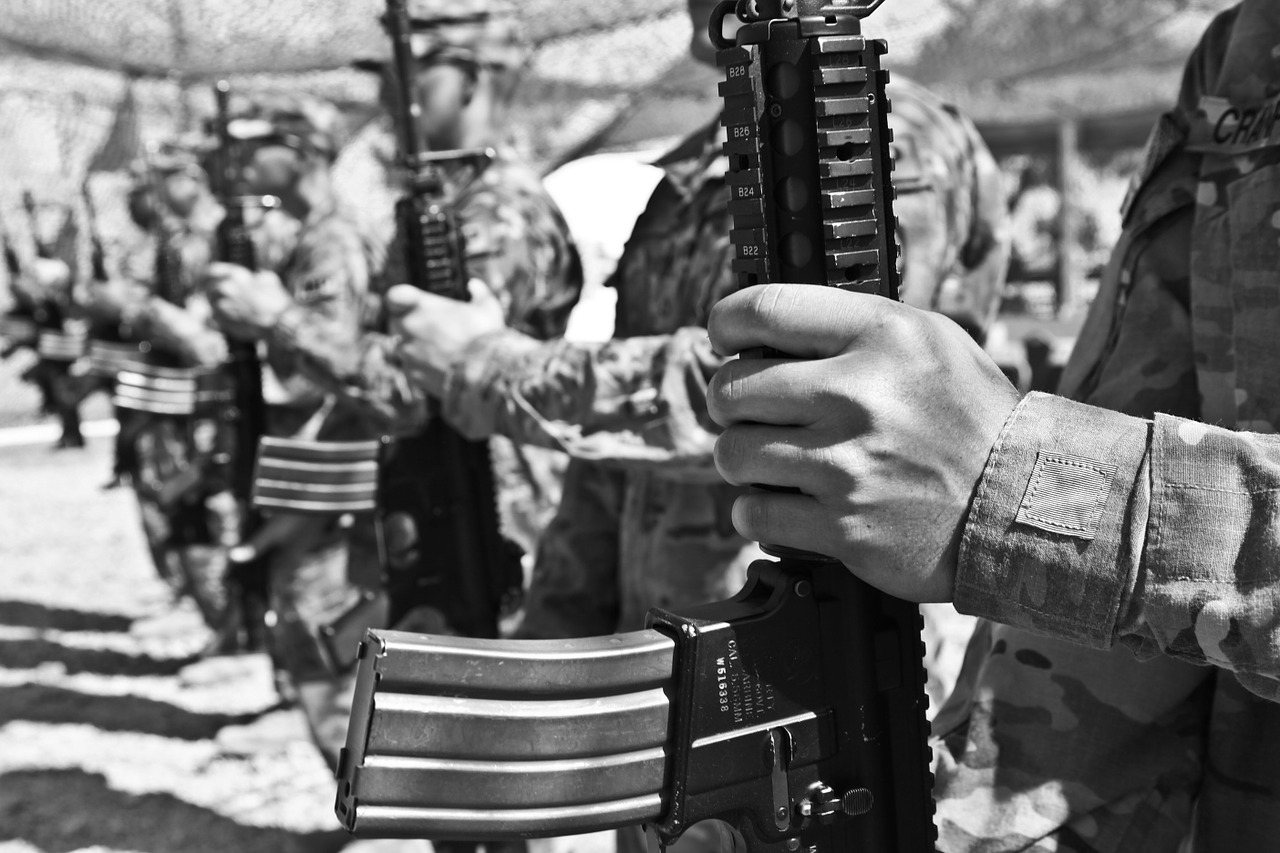The occasion for war
On February 15, 1898, the American battleship Maine exploded in Havana Bay, a tragedy that killed 266 sailors. The U.S. authorities blamed the attack on the Spanish side and declared war on Madrid. Only 12 years later, it was proved that the tragedy was caused by the spontaneous ignition of the gunpowder in the holds. Today many researchers agree that the destruction of the battleship was a premeditated provocation by America. It is proved by the fact that it was not profitable for the weakened Spain to unleash war with such a strong enemy, and also by the fact that during the explosion, almost all the members of the officer personnel, who for some reason were at the time on the stern, almost unscathed during the disaster, survived.
Preparation for War and Plans of the Parties
Waging war was an extremely difficult task for Spain. The Spanish soldiers who arrived in Cuba were severely exhausted by guerrilla sabotage and disease. Food and weapons were in short supply, discipline was extremely poor, and the actions of the different units were not coordinated. It was very expensive and time-consuming to bring new forces and supplies for the land army across the ocean. That is why the Navy (which was much inferior to the U.S. Navy) was responsible for the bulk of the fighting in the war against the United States. Spain had no forces or finances to support the ground units operating in Cuba, so the soldiers were left to their own devices. The United States, in turn, easily transferred people, supplies and weapons to Cuba from the East Coast. Soldiers and sailors were well-trained, and America’s material resources made it possible to wage even a long war without much damage to the economy.
Madrid tried to prevent the war and offer an armistice. But Washington demanded an immediate declaration of Cuban independence, which the Spaniards could not accept.
The U.S. plan was to blockade the island from the sea and, with the help of a land army, take control of it. Initially, the U.S. was going to seize the other Caribbean islands under the auspices of the Spanish crown. But despite Spain’s weakness, there was a danger of attacking American ports on the Atlantic coast. The Americans did consider that Spain, though weak and impoverished, was still considered a major maritime power. Therefore, the United States preferred to confine itself to the capture of Cuba, where a flotilla led by Rear Admiral William Thomas Sampson advanced.
Spain sent a squadron based in the Cape Verde Islands (Atlantic coast of Africa) to Cuba, led by Admiral Pasquale Servera y Topete. Other ships under repair were to depart later directly from Spain itself. Cervera soberly assessed the condition of the Spanish fleet. He noted the lack of shells and fuel, the high degree of wear and tear of the ships, the failure of the artillery and unreliability of the hull, so he did not want to immediately enter into confrontation, and to wait until all the Spanish ships will be fully ready for the expedition and assemble together. The admiral did not even have accurate maps of the West Indies (as the islands of the Caribbean were called in those days) and a general plan of action. It is quite possible that the purchase of additional ships and more meticulous preparation for the expedition would have allowed Spain to change the entire course of the war. But the headquarters meeting in Madrid rushed the admiral and forced him to march to Cuba earlier than he should have.
The United States closely monitored Cervera’s movements and did not allow him to resupply coal in the ports lying in the path of the Spanish squadron.
